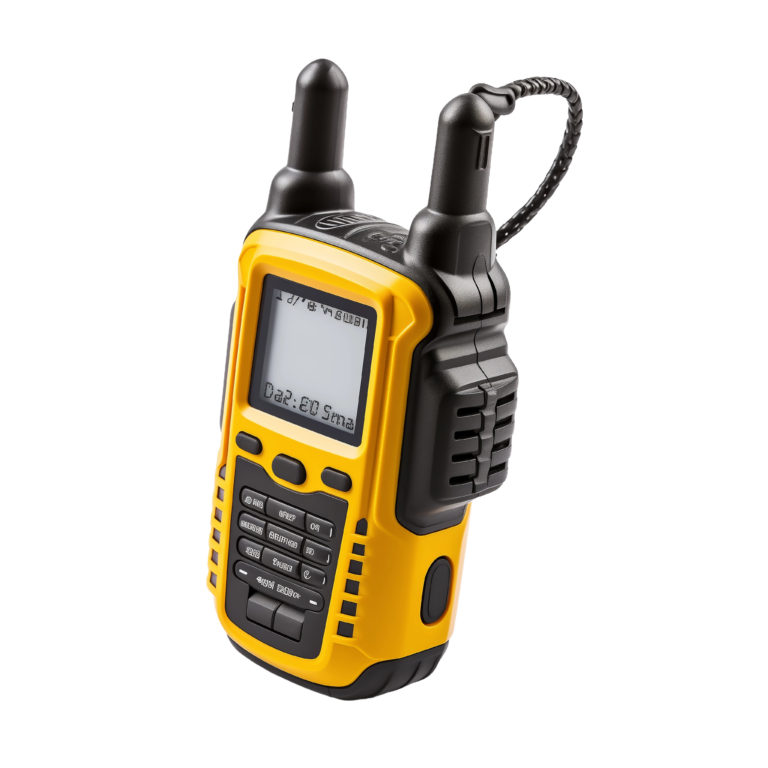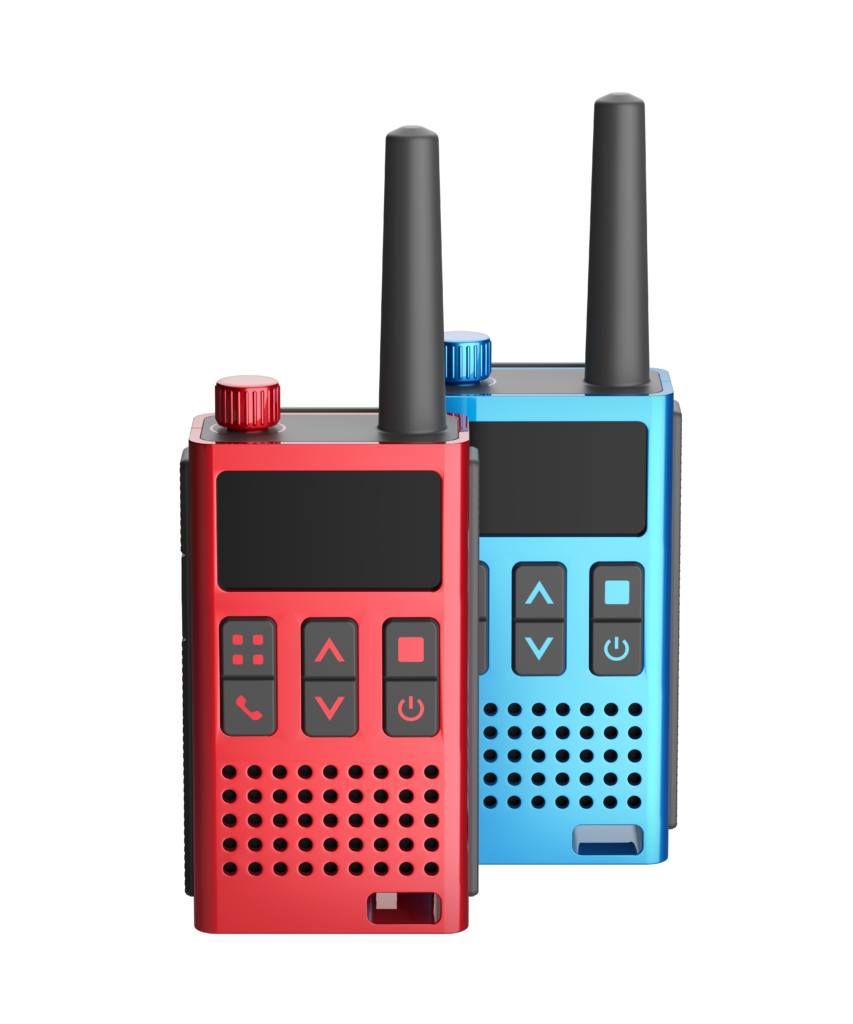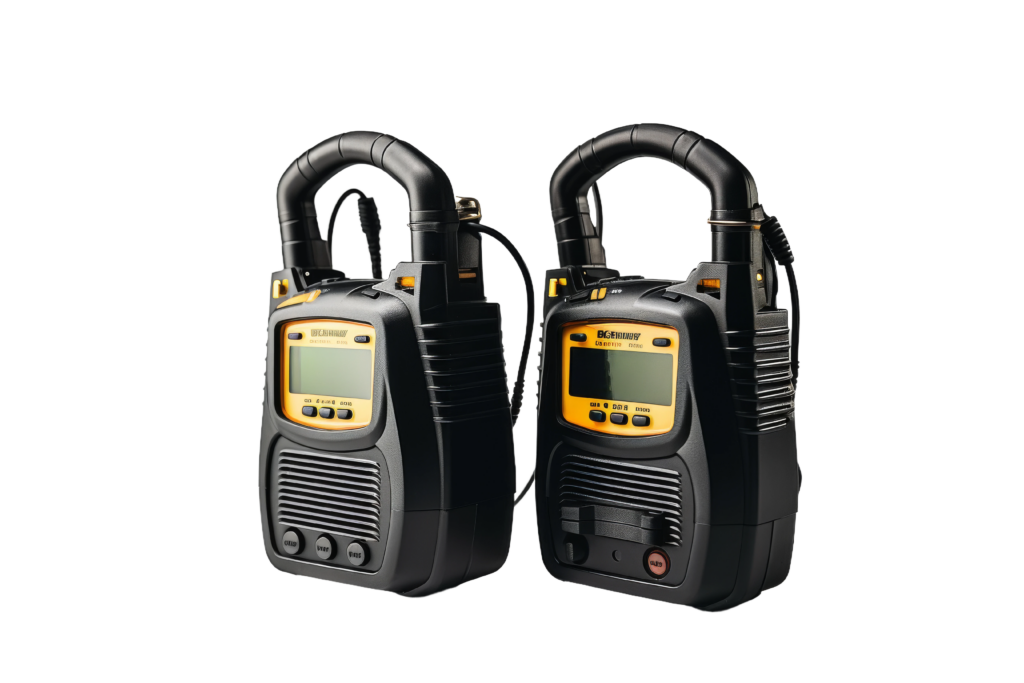Opening Hours: Mon – Fri: 8:00 am – 6:00 pm
Applying for a mobile spectrum license with SMA is a simple process. Follow these steps to get started.

The Land Mobile Radio License (LMR) is an essential asset for any organization dedicated to effective communication. This license empowers users to operate reliable wireless, two-way communication systems, crucial for public safety organizations and commercial sectors alike. With the LMR, you gain a competitive edge, ensuring secure and immediate communication in critical situations.
1. TRN
2. Certificate of Registration (Corporate applicants)
3. Certificate of Incorporation (Corporate applicants)
4. Letter of Good Standing (Corporate applicants)
5. Proof of Identity (Individual applicants)
6. Proof of Employment (Individual applicants)
7. Proof of Residence (Individual applicants)
$
Your spectrum license fee will be calculated based on the technical parameter of your application


VSAT (Very Small Aperture Terminal) is a satellite communications system that provides internet connectivity and data transmission through a small dish antenna, typically ranging from 0.75 to 3.8 meters in diameter. These terminals are used in various applications, including remote internet access, voice communication, and data networking in areas where traditional infrastructure is unavailable or impractical.
To obtain an VSAT/Earth Station radio license, you need to submit an application to the spectrum management authority and meet the necessary requirements.
Satellite services typically operate across several frequency bands, each with its own characteristics and applications. The main frequency bands used are:
Satellite services offer numerous benefits across various sectors, making them a vital component of global communication and data transmission. Some of the key advantages include:
While satellite internet services are available in Jamaica, there are regulations regarding broadcasting and satellite signal theft, with the Spectrum Management Authority (SMA) responsible for monitoring and enforcing these rule
Get authorized to use the mobile spectrum and expand your services.